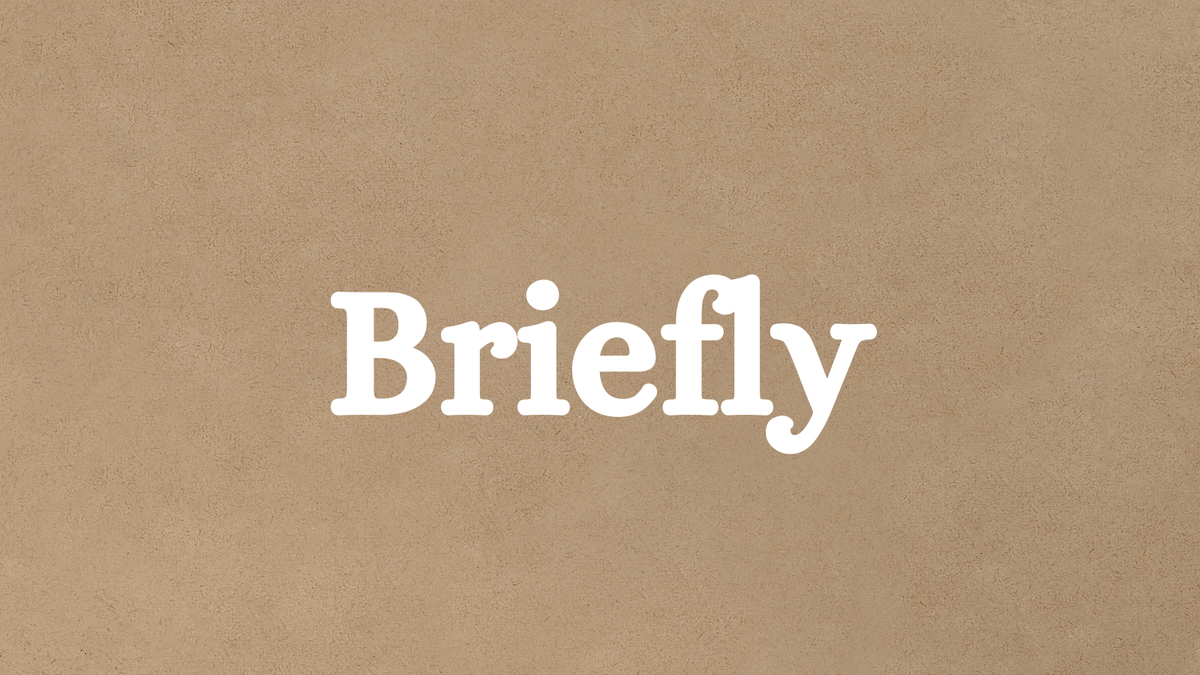Science and Magic

The historian of intellectual history, Frances Yates, wrote extensively about the realm of magical pursuits in the sixteenth and seventeenth centuries, in particular about hermeticism and its legendary eponymous source, Hermes Trismegistus. Yates points out that Renaissance magic--through characters such as Ficino, Giordano Bruno, Campanella, and Cornelius Agrippa--reached its apex in the sixteenth century. Lengthy, scholarly treatises were written based on the supposed ancient writings of Hermes Trismegistus. These magicians and treatises detailed how to work with the natural forces (spiritual forces) to create a harmonious world and society.
When Isaac Casaubon published his devastating treatise in 1614 showing that Hermes Trismegistus was not ancient, Renaissance magic crumbled. But empirical science immediately picked-up the baton and ran toward the goal of creating a harmonious world and society. Science had a new attitude, which no one can explain:
The history of science . . . does not explain why this happened at this time, . . . Historians of science are aware of a gap here. . . 'In its initial stages, the Scientific Revolution came about rather by a systematic change in intellectual outlook, than by an increase in technical equipment. Why such a revolution in methods of thought should have taken place is obscure.'[i]
Yates suggests that the explanation lies in the continuing attitude of Renaissance magic. Within the reign of Hermes Trismegistus, "the new world views, the new attitudes, the new motives which were to lead to the emergence of modern science made their appearance."[ii] Though the magical aspect was gone, the exaltation of the will which impelled Renaissance magicians was working within the early scientists. She also points out that one of the primary movers of modern science, Francis Bacon, wrote about New Atlantis, "a scientist's Paradise" whose parallel to Campanella's magical Utopian city is undeniable.
C.S. Lewis observed this fact in The Abolition of Man.
“[T]he sixteenth and seventeenth centuries are the high noon of magic. The serious magical endeavour and the serious scientific endeavour are twins: one was sickly and died, the other strong and throve. But they were twins. They were born of the same impulse. . . There is something that unites magic and applied science while separating them from the ‘wisdom’ of earlier ages. . . For magic and applied science alike the problem is how to subdue reality to the wishes of men: the solution is a technique; and both, in the practice of this technique, are ready to do things hitherto regarded as disgusting and impious—such as digging up and mutilating the dead. If we compare the chief trumpeter of the new era (Bacon) with Marlowe’s Faustus, the similarity is striking. . . It might be going too far to say that the modern scientific movement was tainted from its birth: but I think it would be true to say that it was born in an unhealthy neighborhood and at an inauspicious hour.”[iii]
[i]. Yates, 447-48, quoting A.C. Crombie, Augustine to Galileo, London, 1961 (second edition), II, p. 122.
[ii]. Yates, 449.
[iii] The Abolition of Man, 87-89.
